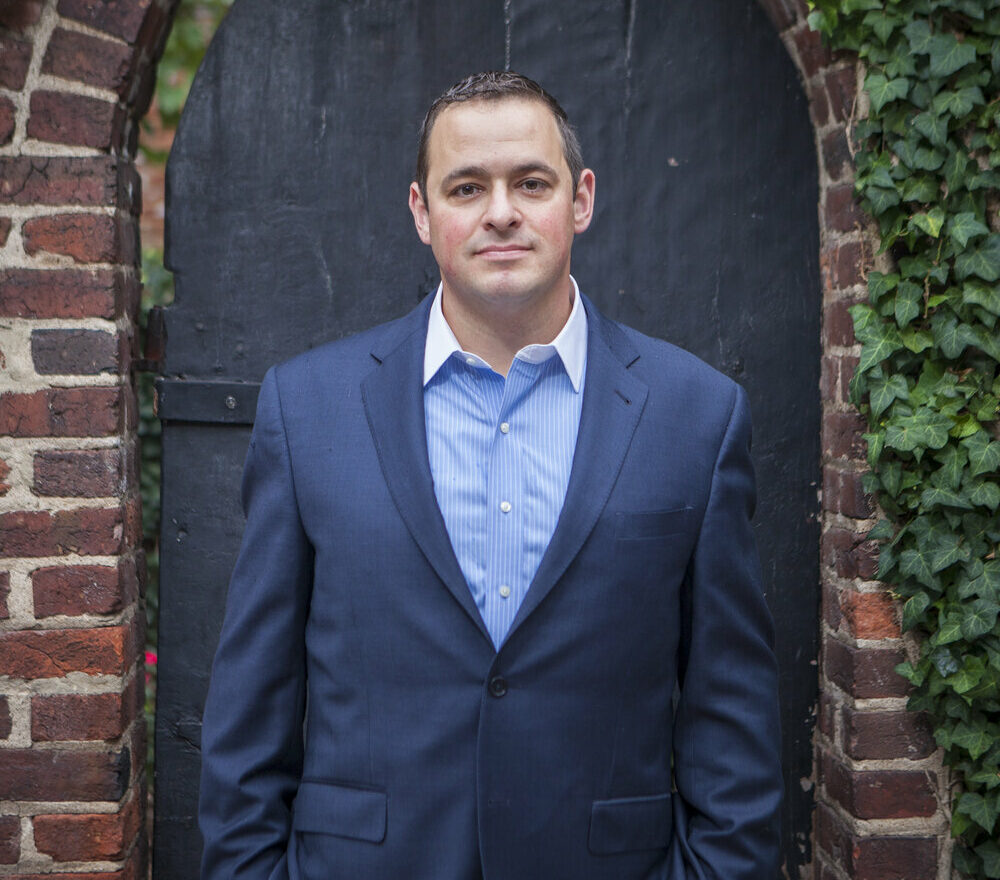According to one recent poll, the 2024 presidential race is already run. If the polls are to be trusted, Donald Trump holds a double-digit lead over Joe Biden.
That’s a big “if,” considering modern polling has been dead wrong for eight years.
Even acknowledging Biden’s many publicly visible failings and flaws, he is just as likely to beat Trump in a general election today as he did in 2020 — bigly.
Why? Because, outside of the Trump base, which is loyal to a fault and incredibly loud, the support for the former president among vast swaths of swing, and even right-leaning, voters simply isn’t there, while the left’s unprecedented hatred remains. Trump’s support may be louder, but it’s not larger and is limited to a slowly shrinking core audience. Independents and moderates have irrevocably abandoned Trump, and they won’t vote for him.
Voters should not buy the nonsense polling that suggests otherwise. As has been the case for eight years, today’s “leading” pollsters ask the wrong questions of the wrong people, drawing the wrong conclusions based on wrong answers from only the most obnoxious zealots who are far more likely to respond in the first place.
The only way to reliably measure public sentiment is through “anti-polling,” which looks at and listens to vast sums of online activity to gauge actual, unsolicited sentiment in real-time. Third-party data from Eyesover confirm that, while there are almost always more social media posts about Trump, his supporters are more likely to post … and post far more frequently. A separate eight-month study of nearly 20 million home IP addresses makes the “Trump Prison” all too clear — a tiny sliver of the electorate (17 percent to 22 percent) that doesn’t grow but from which his now-former supporters slowly get paroled.
Most recently, anti-polling research of likely primary voters in Nevada and South Carolina shows Trump’s positive sentiment is largely offset by hard negative feedback, which is purely “anti-Trump” and unlikely to change. Florida Gov. Ron DeSantis, on the other hand, is well-liked by voters across the political spectrum. His leadership style is consistently praised as “serious” and “dependable,” with Americans recognizing a straight talker who delivers on his promises. DeSantis is perceived (rightly) as a leader by swing voters who, you know, swing elections.
In an analysis of more than 9,000 likely Republican caucus-goers in Iowa, Trump is viewed positively by only 31 percent of them, with 34 percent viewing him negatively and 35 percent “neutral.” (Let’s face it: If you’re not for Trump now, you never will be.) To his credit, DeSantis has built a winning ground game in Iowa and united Republicans.
Among 4,000 likely primary voters in New Hampshire, Trump’s brand is perhaps stronger than anywhere else in the country, with 44 percent positive sentiment in a state where people like giving the establishment their middle finger — to them, that’s voting Trump.
Now, the latest look at more than 10,000 likely primary voters in South Carolina shows Trump at 56 percent favorable, compared to 46 percent for DeSantis. Yet, much of the negative sentiment regarding DeSantis is driven by the junk polling narrative that he can’t beat Trump in a primary, whereas Trump’s negatives are hard and fast. With Tim Scott and Nikki Haley not seen as presidential in their home state, DeSantis can break through and finish close, or even win, in South Carolina.
Nevada, where more than 8,000 likely Republican primary voters were monitored, is a similar story. The dearth of a winning ground game has left the narrative to national news and junk polls. Trump is at 55 percent soft positive but 45 percent hard negative. DeSantis’ 38 percent positive is a gloomy forecast, restrained by a heavy “can’t beat sentiment” sentiment. Nevada — the last primary before Super Tuesday — is shaping up to be a crucial opportunity for DeSantis to grab the momentum.
Trump cannot beat Biden. DeSantis can, but the clock is ticking. No matter how much you support Trump, he’s not a winner anymore. Given the chance in 2024, he would become America’s biggest loser.


